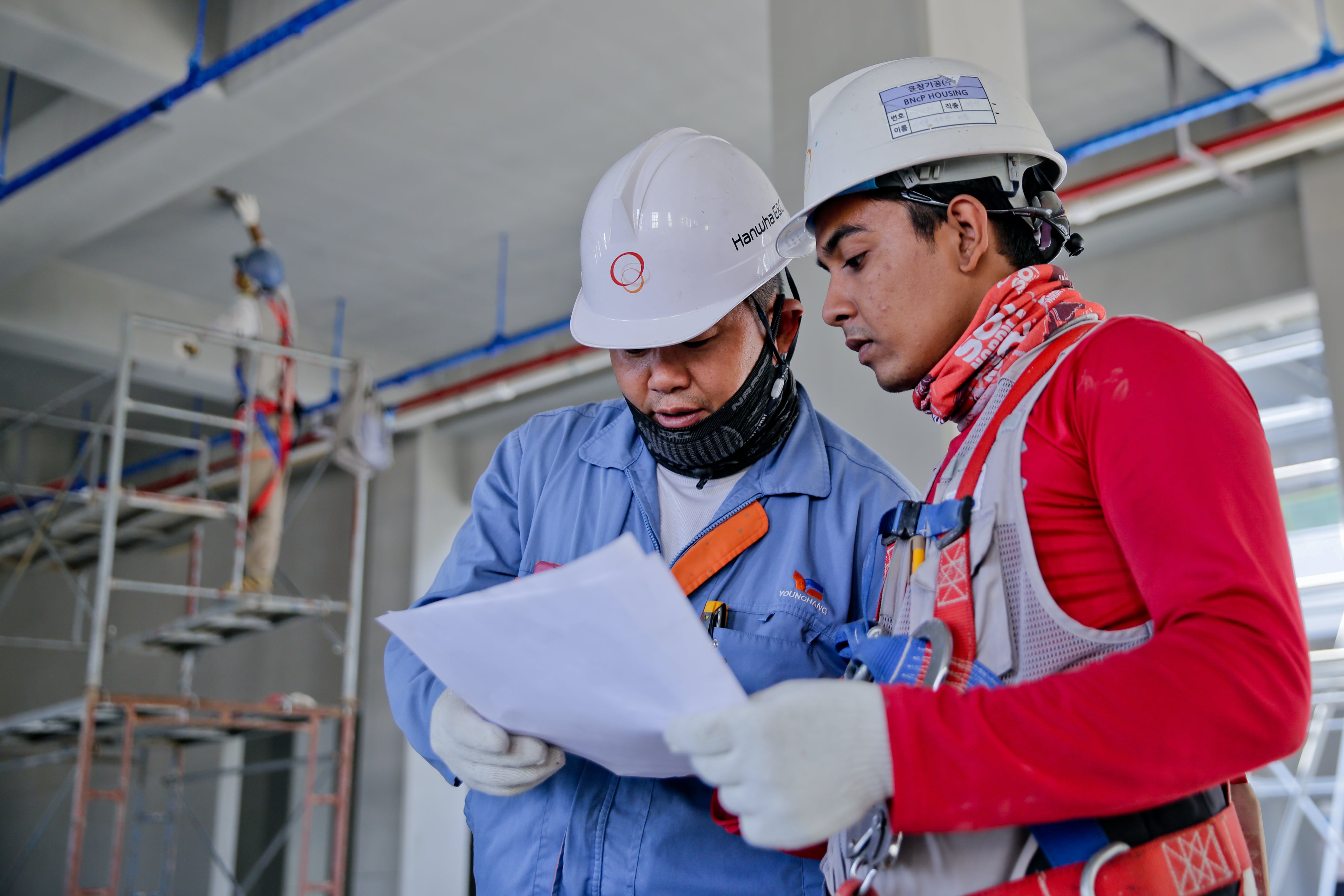
Understand the Steps to Build a Commercial Building
From towering skyscrapers that define city skylines to bustling shopping centers that anchor communities, commercial buildings are the physical embodiments of our urban landscapes. Behind every impressive structure lies a complex process of planning, design, and construction that transforms architectural visions into concrete realities.
If you have ever marveled at the grandeur of a commercial building and wondered how it came to be or how it was built, you are in the right place. In this blog, we will delve deep into the intricate steps involved in bringing a commercial building from concept to completion.
Whether you are a curious observer, an aspiring developer, or a seasoned professional in the construction industry, join us as we unravel the secrets of constructing commercial buildings, step by step!
Investing in a Commercial Building Project
Investing in a commercial building can yield substantial profits, but it demands a significant commitment of both time and resources. Prospective investors must thoroughly assess whether this endeavor aligns with their objectives or not.
Once investors are certain that a commercial building is the right investment for their business, the next crucial step is meticulous planning to ensure the project’s successful execution.
Navigating through the commercial building construction process can be daunting, especially for those embarking on it for the first time. For these individuals, becoming familiar with every facet of the commercial building construction sequence is essential.
We have outlined all the processes involved to aid prospective investors in preparing for the complexities of commercial building construction.
Commercial Buildings Construction Types
One of the initial key considerations for builders or investors is the recognition of six distinct commercial building construction types. These classifications are determined by the types of materials used in construction and the proportion of these materials within the structure.
The primary objective of categorizing commercial building constructions is to assess their vulnerability to fire hazards. Based on these criteria, commercial building construction can fall into the following classes:
- Construction Class 1 – Frame
- Construction Class 2 – Joisted Masonry
- Construction Class 3 – Noncombustible
- Construction Class 4 – Masonry Noncombustible
- Construction Class 5 – Modified Fire Resistive
- Construction Class 6 – Fire Resistive
Whether an investor is starting the construction of a modest or extensive commercial building project, it is imperative that they identify the appropriate construction class and allocate their budget accordingly to meet these specifications.
For read more articles click:
WINTERTALESEVENTS
Step By Step Guide to Build a Commercial Building
To help you better understand the way to build a commercial building; we have highlighted six main steps that are mentioned below:
- Planning and Development
Planning and development form the foundation of any successful commercial building project. Many experts in the industry will insist that the planning phase is the most important phase in a commercial building’s project. It is the first step and requires the investors to work with other important people to determine the details of the project and plan accordingly.
This initial phase involves a series of crucial tasks like:
- Identifying objectives
- Site selection
- Feasibility study
- Budgeting
- Design and architecture
- Permitting
- Timeline
- Risk management
- Contractor selection
After this stage, investors, contractors, and other stakeholders finalize the decision about commercial building.
- Designing
The second crucial step in the construction of a commercial building is designing. This phase is where the vision for the project begins to take shape in a tangible and functional manner. The key aspects involved in this phase are:
- Architectural design which includes structural designs, interior spaces designs and exterior outlook.
- Engineering designs to understand the technical aspect of the building
- Mechanical, Electrical and Plumbing system (MEP)
- Design review and revision to ensure that the final design aligns with the project’s goals and expectations.
During the designing phase of commercial building’s project, the objective is to compile a comprehensive construction package that serves as the blueprint for executing the project. This package includes detailed schematic designs, complete with information about the chosen materials and their respective qualities and characteristics.
- Pre-Construction
The third critical stage in the construction of a commercial building is Pre-Construction. The pre-construction phase initiates when the project owner authorizes the general contractor to proceed with the project plan. During this stage, detailed lists of required materials are dispatched to vendors and commercial subcontractors for quotation purposes.
This phase also serves as the bridge between design and actual construction, and it involves several essential tasks and preparations:
- Project financing
- Site preparation
- Utility connections
- Construction safety plans
- Permitting and regulatory compliance
- Construction safety plans
- Project team coordination
- Construction schedule
- Material procurement
After this, the next stage is the procurement of material, equipment resources and other necessary items.
- Procurement
The fourth pivotal stage in the construction of a commercial building is Procurement. This phase is all about acquiring the necessary materials, equipment, and resources to facilitate the actual construction process.
Its key elements involve:
- Material acquisition
- Equipment procurement
- Supplier management
- Subcontractor agreement
- Inventory management
- Logistics and transportation
- Managing procurement cost
The procurement phase revolves around securing all the necessary elements to bring the project to fruition. Typically, contractors oversee the procurement process, ensuring strict adherence to the terms outlined in the signed contract. It is worth noting that the responsibility for procurement can fall on the general contractor’s shoulders or be shared with subcontractors as stipulated in the contract.
- Construction
The Construction phase marks the actual realization of the commercial building’s project. It involves turning the detailed plans and preparations from earlier stages into a physical structure. Here are the key components of this vital phase:
- Site preparation
- Foundation construction
- Structural framing
- Enclosure
- Utilities and services
The construction phase signifies the tangible transformation of a commercial property project from conceptualization to physical reality. During this phase, the project transitions from blueprints to actual construction. It typically begins with a critical meeting where essential aspects such as site access, material storage, quality control, and work hours are defined and coordinated.
The construction phase is the most dynamic and active stage in the commercial building construction process. Some individual steps also include groundbreaking, site excavation, concrete pouring, steel erection, framing, interior/exterior work, roofing, underground utility installation, and many more.
- Post-Construction
The Post-Construction phase is the final stage in the commercial building construction process. It involves several critical activities that ensure the project’s successful completion, handover, and transition to its intended use. The distinct steps it includes are as follow:
- Final inspection and testing
- Completion of outstanding work
- Utilities and services activation
- Site restoration
- Final cleaning
- Documentation and handover
- Project closeout
The post-construction phase encompasses all activities that occur after the completion of construction and before the commercial building becomes occupied. The duration of this phase can vary depending on the project’s complexity.
In conclusion, the construction of a commercial building is a meticulously planned and executed process, involving several key phases from initial planning and design to procurement, construction, and post-construction activities. Each step plays a crucial role in transforming architectural visions into tangible realities, making commercial building construction a complex yet rewarding endeavor for investors and professionals in the industry. Understanding these steps is essential for anyone venturing into the world of commercial building development.




